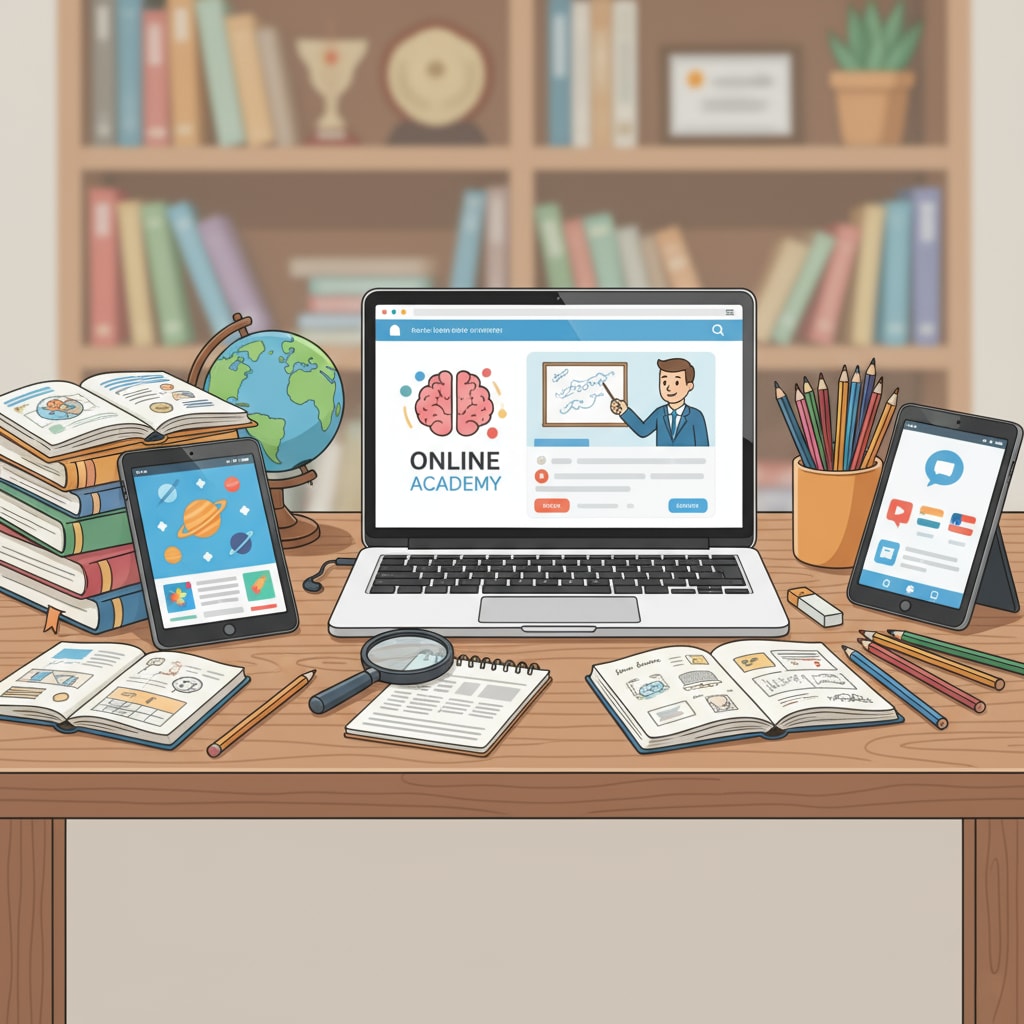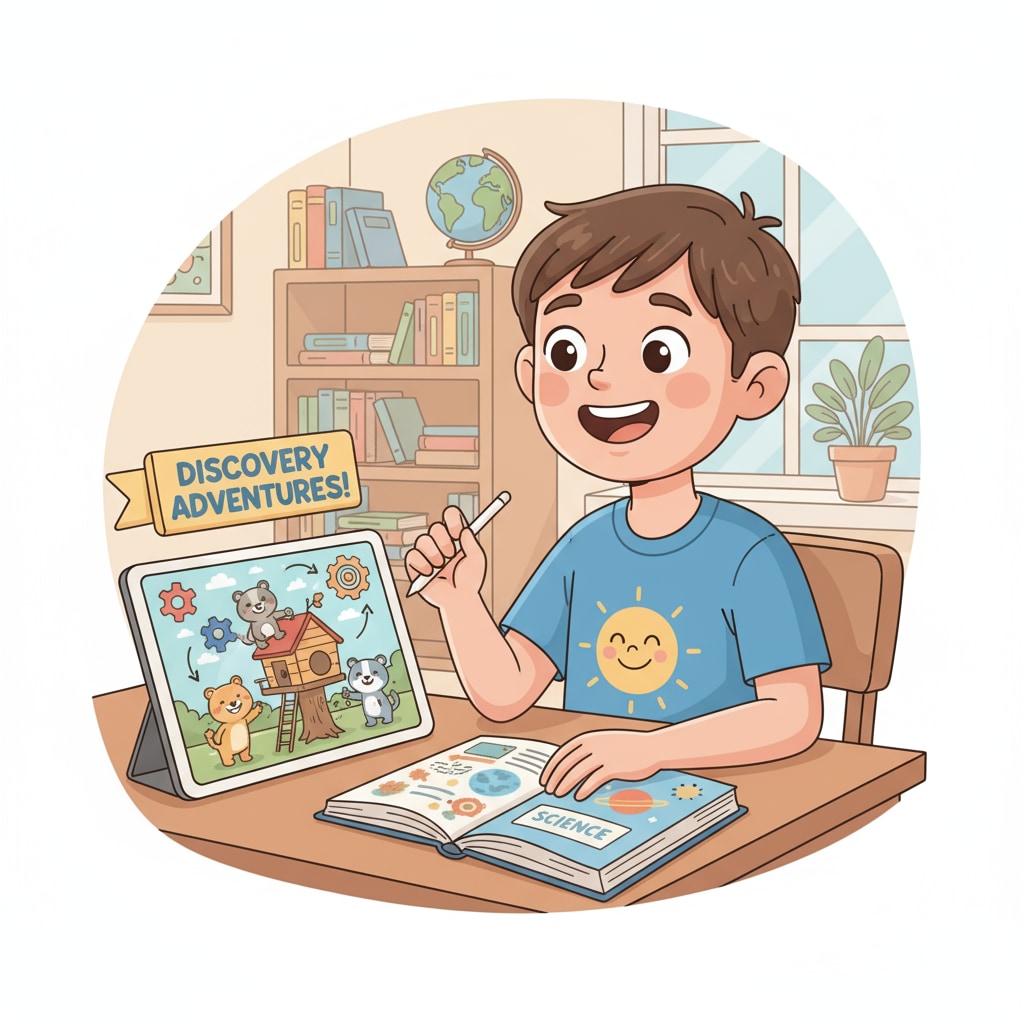In the context of family education, academic resources play a pivotal role in a child’s growth, and integrating them into daily arrangements can significantly enhance learning outcomes. In this digital age filled with an overwhelming amount of information, it’s essential to identify and utilize the right academic resources for K12 children. Let’s explore five essential academic resources and how to apply them effectively.

Digital Libraries: A Treasure Trove of Knowledge
Digital libraries are an invaluable academic resource in modern family education. Platforms like Project Gutenberg offer a vast collection of free e-books, covering everything from classic literature to scientific textbooks. These resources can be easily accessed on various devices, allowing children to explore different subjects at their own pace. For example, a child interested in history can delve into historical accounts from different periods, enhancing their knowledge and understanding of the subject.
Educational Apps: Making Learning Fun
Educational apps have revolutionized the way children learn. There are apps for language learning, math practice, and even science experiments. For instance, apps like Duolingo can help children improve their language skills in a fun and interactive way. Parents can incorporate these apps into their children’s daily routines, setting aside specific times for app-based learning. This not only makes learning enjoyable but also fits seamlessly into the daily schedule.

Online educational platforms are another great resource. Websites such as Khan Academy provide comprehensive courses for various subjects. These platforms offer video lessons, practice exercises, and even assessments. Parents can encourage their children to use these platforms regularly, perhaps after school or on weekends, to reinforce what they’ve learned in school.
Educational Videos: Visual Learning at Its Best
Educational videos on platforms like YouTube can be a powerful tool for learning. Channels dedicated to science, history, and other subjects present complex concepts in an easy-to-understand way. Parents can select age-appropriate videos for their children and watch them together as a family activity. This not only promotes learning but also creates a shared learning experience.
Academic Communities: Connecting with Peers and Experts
Academic communities, whether online or offline, allow children to interact with peers and experts. Online forums and groups focused on specific subjects can provide a space for children to ask questions, share ideas, and learn from others. Parents can help their children find and participate in these communities, which can boost their confidence and expand their knowledge network.
Readability guidance: By using these five academic resources and integrating them into daily family education routines, parents can create a rich learning environment for their K12 children. Each resource offers unique benefits, and when used in combination, they can significantly enhance a child’s academic performance and overall development. Remember, the key is to make learning a regular and enjoyable part of daily life.


